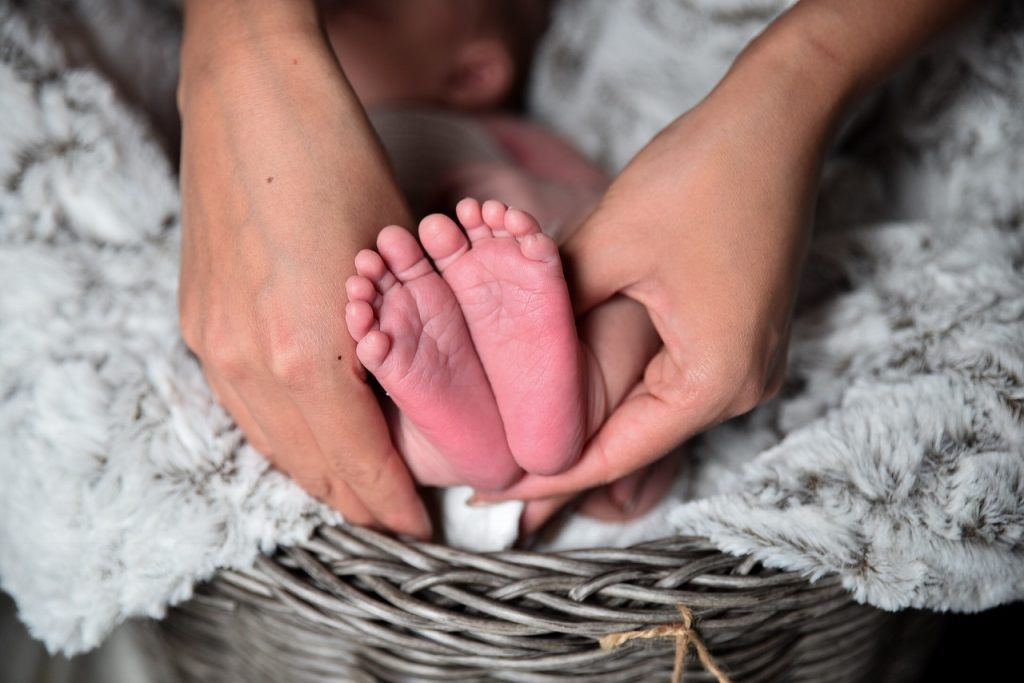When the clocks go back in October, it can be a real nightmare for some families as it can take several weeks or even months to get their children back to sleeping to a civilised hour! Some parents never really manage it resign themselves to being woken early until the clocks change again in spring.
But don’t worry, there is a fun and simple solution to this problem and it takes just one weekend!
Be aware that if your child has a habit of early rising before the clocks change, this may not work. You may need to make additional changes.
The idea is to get your child so exhausted that you break their current habit of waking at a particular time. You can then reset their body-clock based on how much sleep they need each night and putting them to bed at the right according to this.
Friday Night – Bedtime 2-3 hours later than usual
Instead of giving your child dinner at dinner time, give them a snack then give them a bath. Get them dressed then go out for dinner. Take plenty of toys/games and keep them entertained by bringing the different toys/games out one at a time. Travel home with the windows down in the car and the music up or walk home so that they don’t fall asleep on the way. When you get home, do the usual bath (yes, two baths! The first was to wake them up a bit) and bedtime routine and put them to bed 2-3 hours later than usual. The older they are, generally, the later you will need to keep them up.
Don’t expect them to sleep any later the next morning, but do expect them to be a bit over-tired and grumpy by the afternoon. If your child usually has a nap, limit it to 50% of their usual nap time.
Saturday Night – Bedtime 1.5-2.5 hours later than usual
This similar to the first night, so have a snack instead of dinner, then go out to play! Take the torches to the park and have some fun. When you get home, sit down to a nice family meal (you may need to keep the heating down low to keep them awake). Afterwards give them a really long bath (keep adding hot water), and get ready for bed as usual. Put them to bed 1.5-2.5 hours later than usual depending on their age.
Again, your child probably won’t sleep any later their usual wake up time, which will be an hour earlier as the clocks will have gone back at 2am! Limit any naps to 50% of the usual time.
Sunday Night – Bedtime 1-1.5 hours later than usual
Do the usual bedtime routine, just slightly later than usual. Your child should be absolutely exhausted by now and by the third morning they will sleep later. Their body clock has now been reset! Hooray!
For the next few days, maintain a bedtime 30-45 minutes later than you would normally and then on Wednesday or Thursday, go back to their usual bedtime. This helps to stop them falling back to their spring/summer wake-up time.
Most children between the ages of 3 and 8 years need 11-12 hours’ sleep in every 24 hours. 8-11 year-olds generally need 10-11 hours’ sleep.
Set each child’s bedtime based on how many hours’ sleep that individual child needs, and work backwards from when you want them to wake in the morning. This can sometimes mean that younger children go to bed a little later than older children, but it is worth it if it means that everybody wakes around the same time and nobody is over-tired as a result of being woken by the one little person who doesn’t need as much sleep.
Enjoy resetting your children’s body-clocks, it is fun!!! Spread the word and the parks will be filled with children and torches on one Saturday night in October each year!




